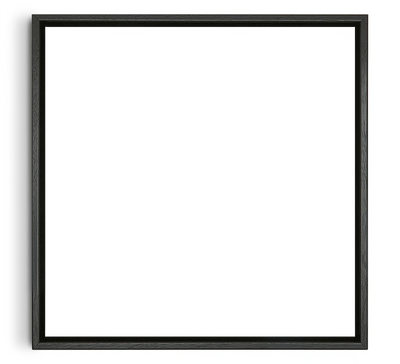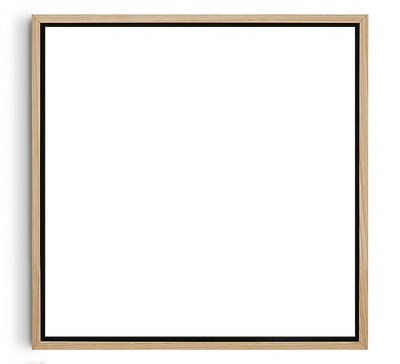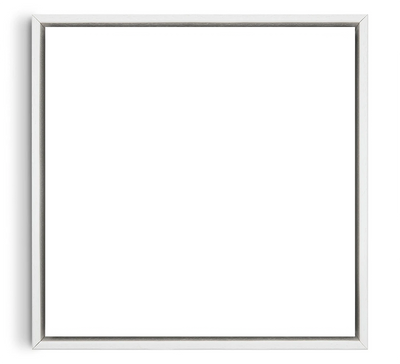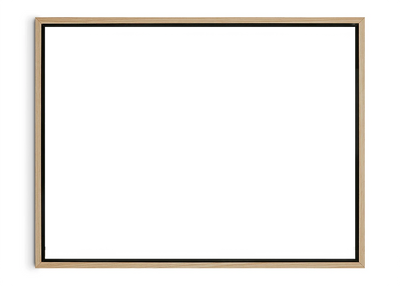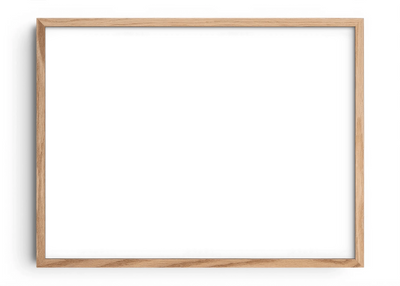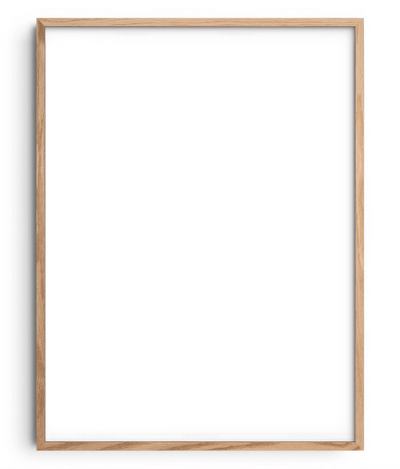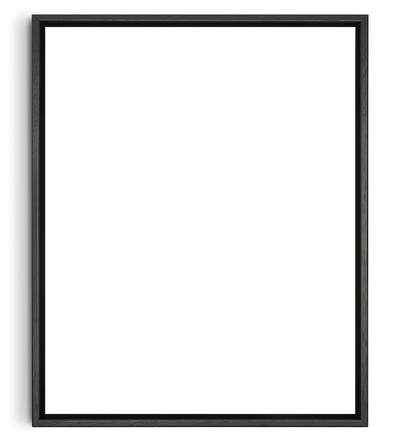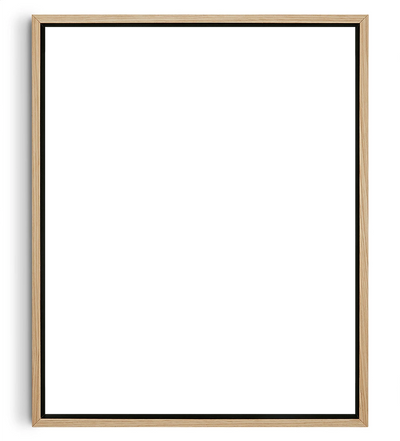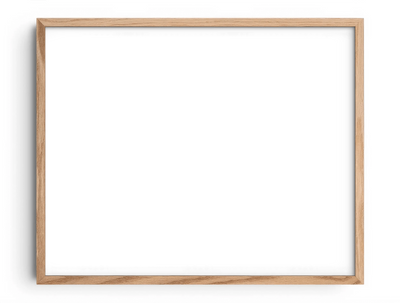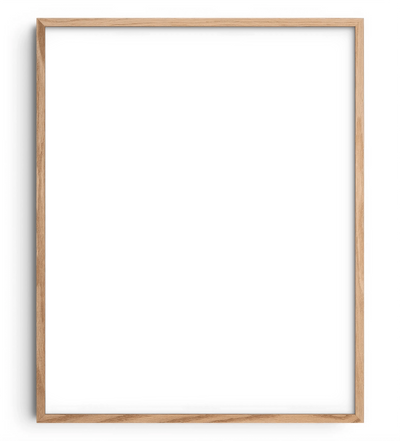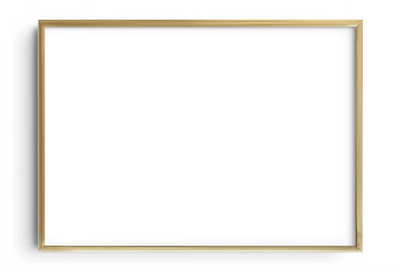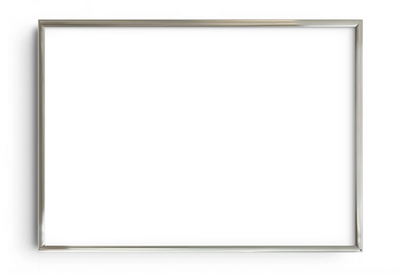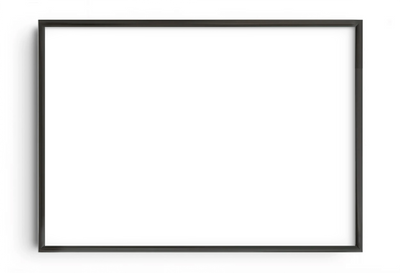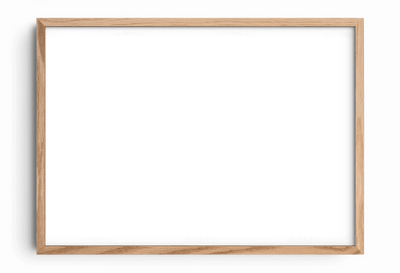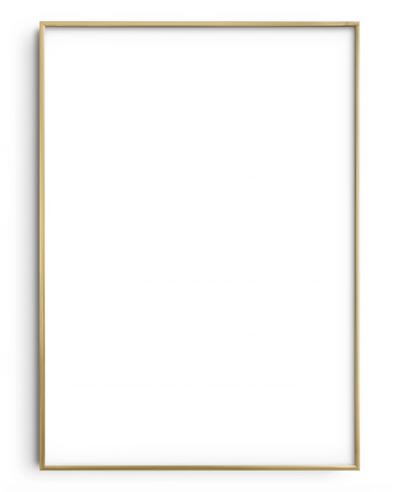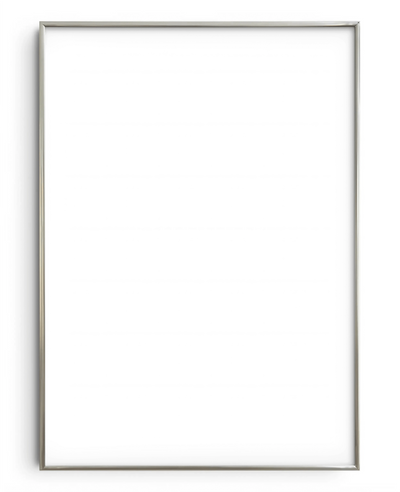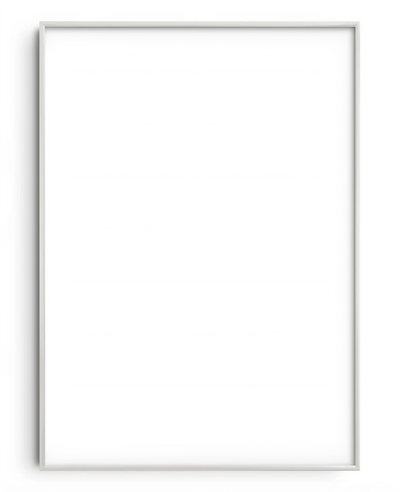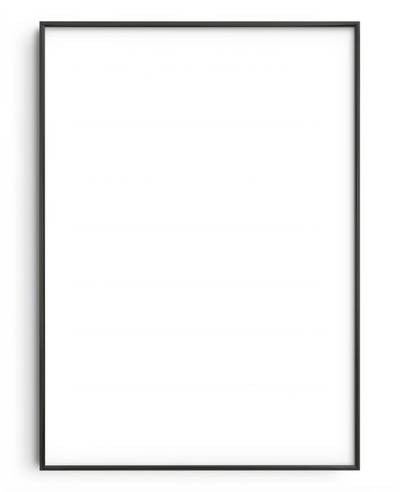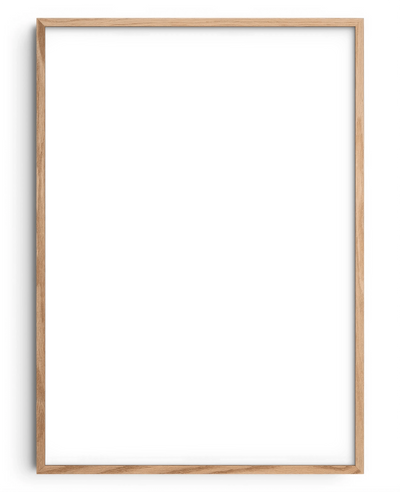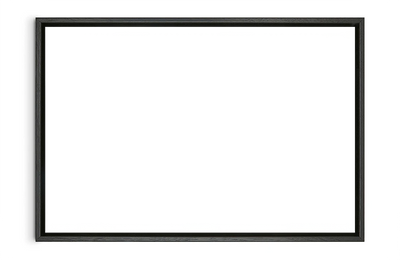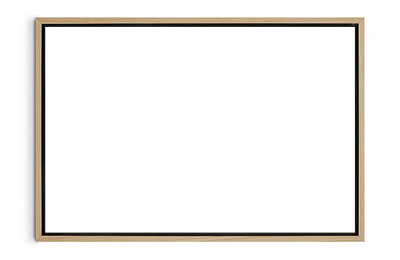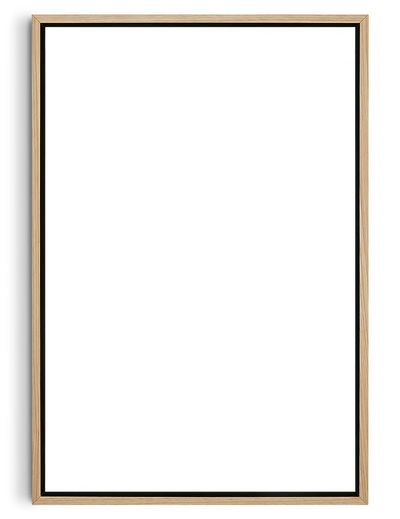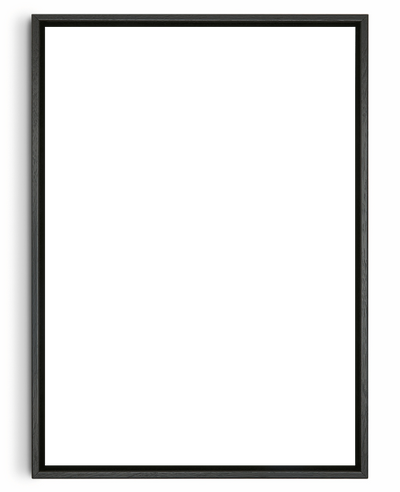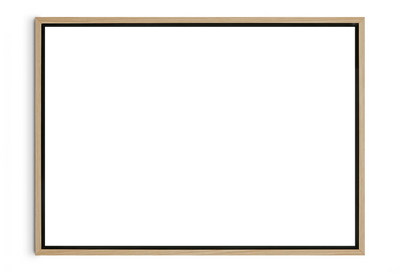To many, professional interior design might seem based on a secret code reserved only for professionals. Yet, this doesn’t mean that you can’t create a beautiful space all on your own. With some thoughtfulness and attention to detail, you’ll already be most of the way there. In this article, you will discover practical tips to help you style any room with the confidence and polish of an experienced interior designer.
Begin with Mood and Purpose

Designing a room without a clear purpose is a fool’s errand, regardless of how experienced you are. Before anything else, define how the room will be used and the mood you want it to evoke. For example, a quiet space like a reading nook should feel different from one meant for entertaining guests, such as a dining area.
Think about how you want the room to support your daily needs and routines before you commit to furniture or accessories. Moreover, mood and function act as the foundation for every decision that follows, including layout and lighting. As such, being clear about what the room should feel like and do for you helps you avoid common mistakes such as using the wrong colors or creating an inefficient layout.
Create a Cohesive Color Scheme

Establishing a color theme helps minimize the visual noise that can come from mismatched elements, giving your room a designer-level finish. Begin by choosing a neutral base for your walls and larger pieces of furniture. From there, start layering in one or two accent colors that complement each other. For example, when designing a gallery wall for your room, stick to a consistent tone and intensity to reinforce flow and unity.
To guide you in choosing the right colors for your room, follow what designers do and use color theory. Doing so helps you create palettes that are pleasing to the eye, such as pairing analogous colors, or those that are next to each other in the color wheel, like soft blues and greens.
Define the Focal Point

Any room looks better when it has a strong focal point. This can be anything from a large artwork to a dramatic light fixture. Choose from DROOL’s collection of unique art prints and find the perfect centerpiece for your room, adding interest and acting as an anchor to a well-designed space. Once in place, the rest of the room’s layout and elements should draw the eye toward that central feature.
Despite playing a lead role in your design, the focal point doesn’t need to be loud or extravagant. What matters is its placement and emphasis within the space. That said, you can use scale or contrast to help it stand out, while making sure surrounding pieces don’t compete for attention.
Plan Furniture for Balance and Flow

To get a balanced, expertly designed look, think about how pieces relate to one another within the space, rather than focusing on the furniture itself. Consider balance and negative space, and focus on keeping furniture arranged in a way that supports movement and harmony. To this end, avoid pushing everything against the walls or overfilling the room with bulky pieces.
Layer Lighting for Depth

Interior designers never rely on a single light source. Instead, they layer lighting to create dimension and improve function and visual dynamics in a room. To add depth to your space, start with warmer ambient lighting like ceiling fixtures, then add reading lamps or kitchen pendants with cooler light for task lighting. Finally, finish with accent lighting to highlight architectural details or artwork..
Even as you tweak your artificial lighting, don't overlook the impact of natural light. Try positioning mirrors or choosing sheer window treatments to maximise natural light and help bounce daylight around the room.
Mix Textures and Materials

Texture adds depth and dimension to a room, making it feel finished. Similarly, mixing different contrasting materials adds visual interest and keeps a neutral palette from feeling flat.
Just like a professional designer, you can use this layering technique to bring warmth and personality into a space without overwhelming it with color or patterns. For instance, adding an ornate tapestry on a leather chair or a jute rug under a marble coffee table can add a bit of polish to a simple layout. Just be mindful of the textures you include to maintain depth in your design.
Curate Displays with Care

Accents help complete your room’s look, but adding more isn’t always better. Rather than filling every inch of space with unrelated items, select pieces that reflect your personal style and also add to the overall cohesion of the room. A few well-chosen items can create a greater impact than a scattered collection of unrelated objects. Think like a curator and consider rotating pieces seasonally or when the space starts to feel stale.
Edit the Room Before Calling It Done

Many of us tend to over-decorate a space in an effort to make it feel complete. This is probably because, unlike trained interior designers, we may not have developed the skill of restraint. However, even with this skill down pat, professionals don’t consider a room done without editing.
Once you think you're finished arranging furniture and décor, take a step back and remove one or two items. You’d be surprised at how this simple step can instantly create breathing room and improve visual flow. At the end of the day, a well-styled room isn't just about what you add, but also what you choose to leave out.
Your Style Grows from Curiosity and Courage
Even without the assistance of an interior designer, you can achieve a stylish space that exudes both sophistication and brings out your personality. You won’t always get it right the first time, but you can gain design confidence just by following basic principles like balance and harmony, as well as avoiding the temptation to fill each empty space just for the sake of it.
Style emerges from experience and experimentation, and a willingness to explore will help you find your true voice. With time, your space will eventually speak for you in a way that is both polished and truly authentic.


